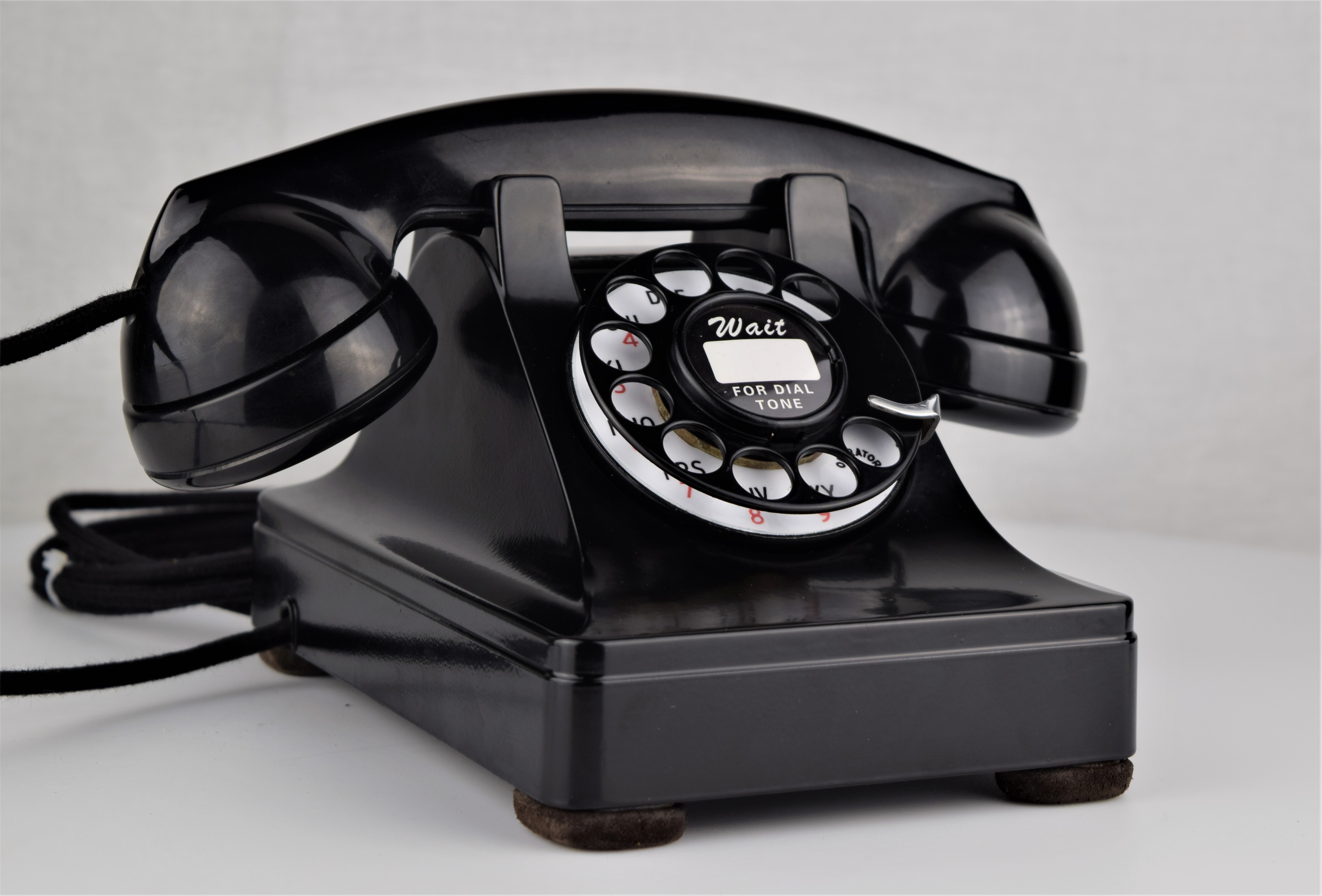

Good.
🇨🇦


Good.


There’s also ‘lockdown mode’ which forces a pin and hides most info from the lockscreen.
Long-press power, then select ‘lockdown’. (you may have to enable this feature in settings)


Ah, so the Department of Redundancy Department…
Somehow that posted as an entirely empty comment… Here’s what was supposed to be in it:



(linked in the above article) https://mullvad.net/en/blog/wireguard-future


As of Dec. 6, 10,138,526,722 URLs have been requested for delisting from 5,402,321 domains, indicating a rather small number of sites committing these alleged infringements.
Since when is 5.4 million a ‘rather small number’?


But, what does that actually achieve besides limiting Canada’s ability to, for example, seize assets? TikTok, being a digital platform, isn’t very dependent on regional presence; it’s not like you’ve gotta head to their offices to post/view content.
If TikTok/ByteDance isn’t complying with Canadian laws/standards, Canada no longer has leverage to influence change.
How does this actually ‘harm’ TikTok and/or protect Canadians?


The article writer’s didn’t even read the paper they are reporting…
This is power-over-skin. Ie: power transmitted from one device to another via human skin. It’s not harvesting or generating energy from the human body.
The research paper, published by Andy Kong, Daehwa Kim, and Chris Harrison from Carnegie Mellon University, notes that the human body is particularly efficient at generating 40 MHz RF energy.
No. It doesn’t. At all…
Page 1 of the research paper PDF:
We call our technique Power-over-Skin Prior work has found that the human body is particularly efficient at conducting 40 MHz RF, while largely confining transmitted power to the body


Seems it’s a re-write of this article from Monday, leaving out the transmitter part.
https://hackaday.com/2024/11/04/power-over-skin-makes-powering-wearables-easier/
(their source from 3 weeks ago) https://youtu.be/5PEN04-jyCU?si=JzzeLW6KalDKxOss
Power isn’t harvested from the human body it’s transmitted (in really small amounts) across the body from one device to another, using capacitive coupling and 40MHz AC voltage.


[…] the Government of Canada has ordered the wind up of the Canadian business carried on by TikTok Technology Canada, Inc. The government is taking action to address the specific national security risks related to ByteDance Ltd.’s operations in Canada through the establishment of TikTok Technology Canada, Inc. […]
[…] The government is not blocking Canadians’ access to the TikTok application or their ability to create content. The decision to use a social media application or platform is a personal choice. […]
Sooo, what’s the goal here? How does this help, or effect, Canadians?
It is a Linux tool unfortunately :/
You could use it to clone the windows disc/partition from a Linux machine/live usb, try out your de-bloating process, and restore again via a Linux machine/live usb if needed.


Some more reading, for those following along:


This was their stance 2 months ago:
I don’t think that would have changed if not for the backlash Microsoft has received for it.
Now, supposedly it’s optional and off by default, but that could change again anytime…


Add a clause to the contract between Steam and the developer requiring the dev to reimburse Steam for refunds due to post-sale changes (ie, from that specific ‘accept, decline, refund’ option). If the dev doesn’t pay the bill, Steam can use the breach of contract as leverage.


While the bounty is set to a minimum of $10,000, there is no cap on how large the bounty can be.


I don’t think I’ve ever watched anything from Amazon directly.
Seen lots of their content though :) 🏴☠️


The numbers are based on the number of cancellation emails that have been sent out, according to a source at the paper, though the subscriber dashboard is no longer viewable to employees.
Bozos doesn’t like you looking at how badly he fucked up.
Seems to be a tool for taking an image and Geo-locating it, even in cases where other sources of data like Googles street map cars are insufficient.